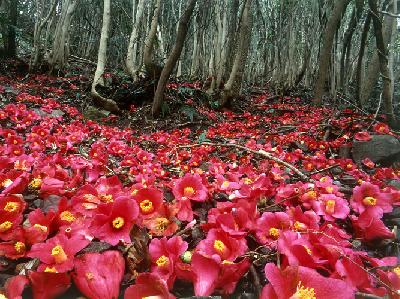|
Genbee Yamaguchi is one of the most respected kimono makers. In 1981, he became the head of “Kondaya”, a long-established wholesale store of obi sashes that was founded in Kyoto in 1738. As the tenth head of Kondaya, he devoted himself to advancing obi making. His recent works, however, have been more involved in designing and making the whole kimono. He also takes an active role in revitalizing the dyeing and weaving technologies through such measures as the revival of Koishimaru - a specific type of silk worm cocoon found in Japan and the preservation of a unique village in the Philippines called “Dreamweaver”. In 2003, Yamaguchi received the Japan Culture Award. After successful collaborations with Kengo Sumi, an architect, and Hiroko Koshino, a designer, he released a new kimono line called Kabukimonotachi-no-keifu, in collaboration with UNITED ARROWS, a specialty retailer. It is an exciting and bold kimono collection for men.
Kabukimonotachi-no-keifu is inspired by the men of the Momoyam period (approximately 1568 to 1603) who loved to live a wild and flamboyant life-style. Japanese men in those days were respected as the toughest of the world. Kabukimono is expressive of that type of man who pursued an extraordinary and “cool” life style. The fashion of Kabukimonotachi-no-keifu evokes masculinity and the true “rock and roll” spirit of the time.
“If you keep on pursuing the basics, there will be a moment when you will suddenly see limitlessness revealed to you, as once Zeami (the greatest playwright of the Noh theater) said. Mastering the basics is the shortest road to freedom”
The vital life force and sexiness in Yamaguchi’s designs come from the inner depth of his creative process.
| [→より詳しい記事を見たい方はこちら] | |
| [+ADDRESS] | 
|













